Let’s be honest—most of us have at least one drawer in the kitchen filled with random gadgets we swore we’d use. Maybe it was a late-night infomercial purchase, a well-meaning gift, or a trendy tool that promised to change your cooking life forever. But when it comes down to it, some gadgets just take up space, collect dust, and never earn their keep. Here are 11 kitchen tools that might seem clever at first glance—but don’t really make sense to hold onto.
1. Banana Slicer

A banana slicer might sound like a fun and useful gadget, but in reality, it’s one of the most unnecessary kitchen tools on the market. Designed to cut bananas into even slices with one press, it rarely works as efficiently as advertised. The plastic blades often struggle with ripened bananas, causing the slices to stick together rather than separate neatly. Furthermore, since bananas are naturally soft and easy to cut, a regular kitchen knife or even a butter knife achieves the same result in seconds, says Accidental Locavore.
Many buyers regret purchasing a device that serves only one function and clutters kitchen drawers. Storage becomes an issue, as the slicer’s unusual shape prevents it from fitting neatly into standard compartments. Additionally, cleaning it can be more of a hassle than simply rinsing off a knife. Some consumers have reported that the slicer is too small for larger bananas, requiring multiple attempts to fully slice a single fruit. Online reviews often joke about the absurdity of needing a specialized tool for such a simple task.
2. Air Fryer
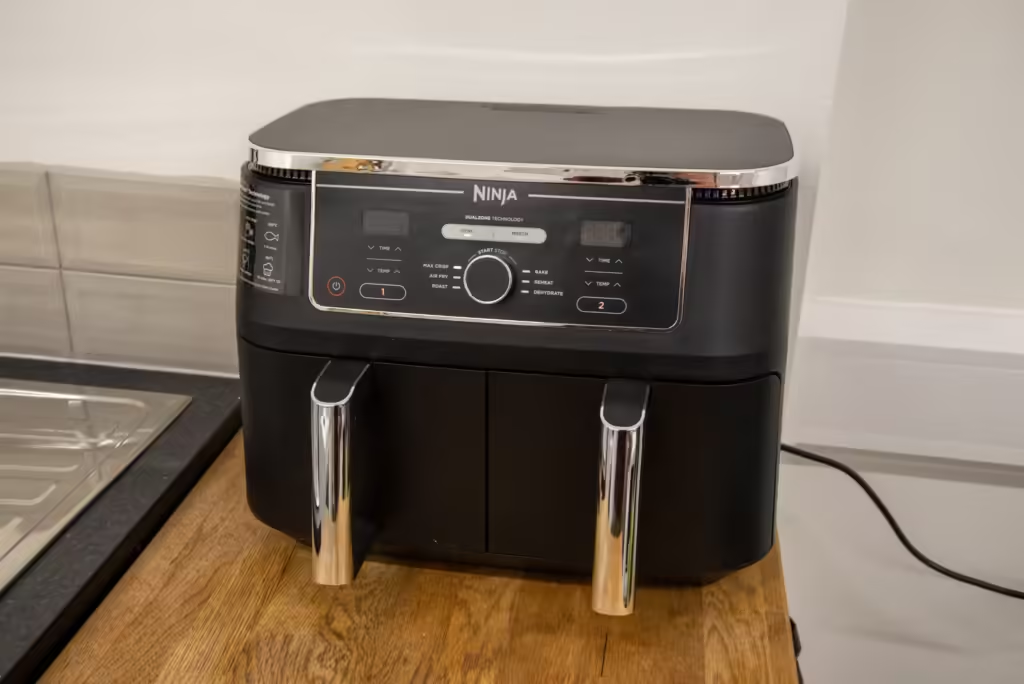
Initially marketed as a revolutionary kitchen gadget, the air fryer quickly gained popularity for its promise of crispy, oil-free cooking. However, many buyers report that the appliance takes up significant counter space and often fails to deliver restaurant-quality results. Eating Well suggests that while air fryers work well for some foods like fries and chicken wings, they struggle with battered foods or dishes requiring even heat distribution. Additionally, the cleanup process can be more cumbersome than expected, as food residue and grease accumulate in the basket and heating elements. Many users find that a conventional oven or toaster oven can achieve similar, if not better, results with the right techniques.
Another common complaint is that air fryers often have small capacities, making them inefficient for families or meal prepping. Since most recipes require shaking or flipping the food mid-cycle, the convenience factor diminishes. Furthermore, the nonstick coating on many air fryer baskets wears off over time, raising concerns about safety and longevity. Consumer Reports has highlighted that while air fryers can be useful, they are not necessarily a must-have kitchen item compared to other appliances.
3. Single-Serve Coffee Maker

Single-serve coffee makers have revolutionized morning routines by offering quick, hassle-free brewing, but they come with several drawbacks. According to The New York Times, standard coffee makers offer better quality and sustainability. The cost of coffee pods quickly adds up, making them an expensive choice compared to traditional brewing methods. Additionally, these pods create a significant amount of plastic waste, leading to environmental concerns.
The flavor of the coffee itself is another point of contention, as many find the taste inferior to freshly ground beans brewed in a French press or pour-over. Moreover, some models have water reservoirs that are difficult to clean, leading to potential mold buildup if not maintained properly. For those who drink multiple cups a day, a single-serve coffee maker may not be the most efficient option. Some consumers end up switching back to traditional methods after realizing the long-term costs and limitations.
4. Electric Can Opener
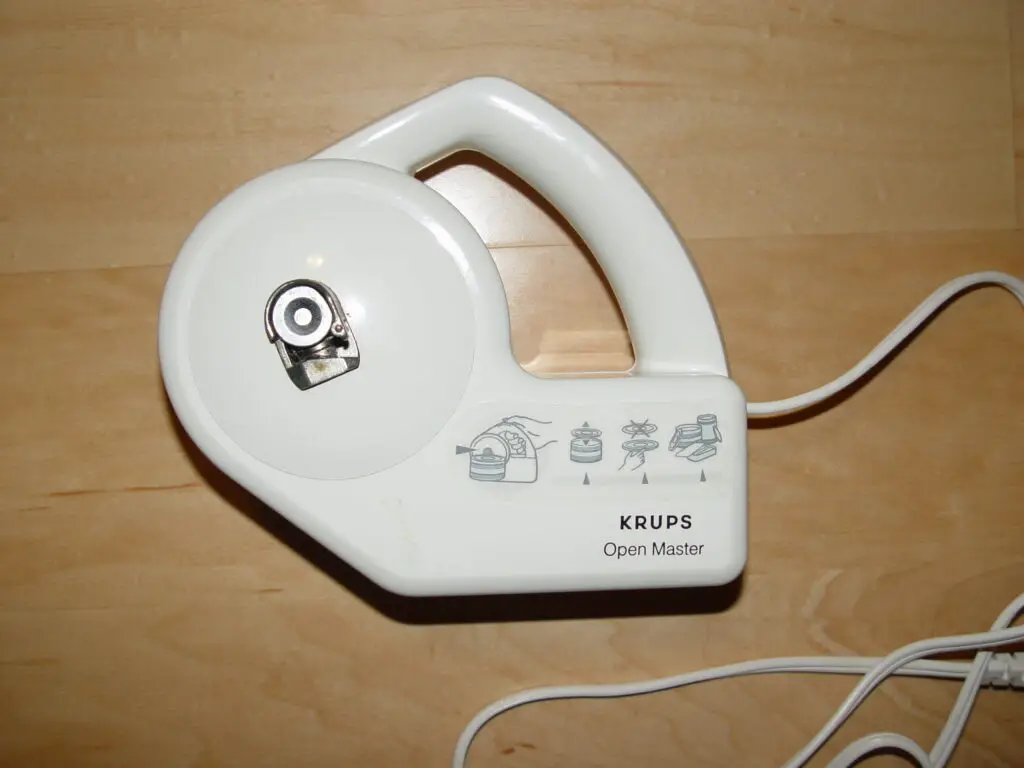
At first glance, an electric can opener may seem like a convenient kitchen tool, especially for those who struggle with manual openers. However, many users find that these devices take up unnecessary counter space and are prone to mechanical issues. Unlike a manual can opener, which is compact and easy to store, electric models require a dedicated spot in the kitchen, notes The Bargain Hunter. They also tend to struggle with irregularly shaped or oversized cans, often leaving jagged edges that pose a safety hazard.
Additionally, the moving parts and built-in blade require frequent cleaning, which can be cumbersome compared to the quick rinse needed for a manual opener. Power failures or electrical malfunctions can render them useless, making a basic hand-operated can opener a more reliable option. Another downside is that many electric openers have plastic components that wear down over time, leading to frequent replacements.
5. Electric Spiralizer

Electric spiralizers gained popularity with the rise of zucchini noodles (or “zoodles”), but they are often more trouble than they’re worth. Many users find that these devices struggle with harder vegetables like carrots and sweet potatoes, leading to jams and uneven cuts. Unlike a manual spiralizer, which offers more control, electric versions tend to shred rather than slice, producing inconsistent results. The bulkiness of these machines makes them difficult to store, and their multiple components require thorough cleaning after each use.
Additionally, the electric motor is prone to overheating, especially when processing denser vegetables. The novelty of spiralized veggies also tends to wear off quickly, leading to these gadgets collecting dust in cabinets. Many consumers ultimately find that a simple handheld spiralizer or even a julienne peeler is a better alternative. The cost is another drawback—electric spiralizers are significantly more expensive than manual versions, yet they don’t always perform better. Moreover, some models require frequent blade replacements, adding to the long-term expense.
6. Garlic Peeler Roller

Garlic peeler rollers promise to make peeling garlic effortless, but in practice, they often fall short. These small silicone tubes are designed to loosen the skin by rolling garlic cloves inside, yet many users find them ineffective. Some cloves remain partially peeled, requiring manual intervention anyway. The silicone material can also trap bits of garlic skin, making it difficult to clean thoroughly.
Since garlic cloves naturally release their skin when crushed slightly with a knife, most cooks find that a simple press-and-peel method works just as well. Additionally, garlic peelers only serve a single purpose, which is not ideal for kitchens where storage space is limited. Over time, the silicone material can become sticky or develop an unpleasant odor, making the gadget even less appealing. Many users purchase these peelers on impulse, only to realize they never reach for them when cooking. Professional chefs rarely use garlic peelers, as they rely on knife skills to accomplish the same task more efficiently.
7. Electric Wine Opener
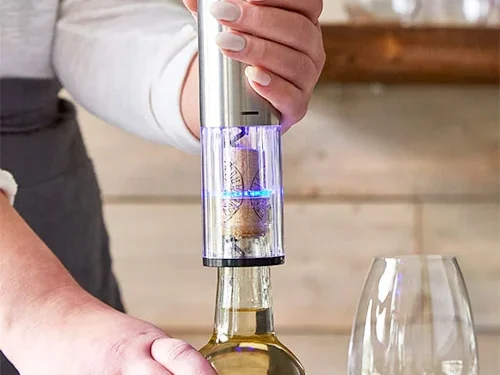
Electric wine openers have gained popularity for their promise of effortless cork removal, especially appealing to those who struggle with traditional corkscrews. However, many users find that these gadgets, while novel, come with several drawbacks. One common issue is battery reliability; these devices often require frequent recharging, and the batteries can fail unexpectedly, particularly during gatherings. Manual corkscrews, in contrast, are more reliable and don’t depend on power sources, making them a preferred choice for many wine enthusiasts.
Additionally, electric models can be bulky, taking up valuable kitchen or bar space, and their mechanisms may struggle with older or synthetic corks, sometimes causing cork breakage or incomplete extraction. The noise produced during operation can also be off-putting in quiet settings. Over time, the novelty tends to wear off, leading users to revert to traditional methods that offer more control and reliability.
8. Avocado Slicer

Avocado slicers are marketed as all-in-one tools designed to split, pit, and slice avocados efficiently. However, many users find that these gadgets fall short in several areas. The fixed size of the slicing component often doesn’t accommodate avocados of varying sizes, leading to inconsistent or incomplete cuts. The pitting tool may not effectively grip all pit sizes, sometimes resulting in a slippery mess or damaged fruit. Additionally, the slicing blades are often not sharp enough to cleanly cut through the avocado flesh, causing bruising or mushy slices. A standard kitchen knife can perform all these tasks with greater precision and is easier to clean.
Moreover, avocado slicers add to kitchen clutter, serving a single purpose without offering versatility for other food preparations. Over time, the plastic components may wear down or break, especially when dealing with firmer avocados. Many consumers find that the promised convenience doesn’t justify the purchase, leading to regret and eventual abandonment of the tool.
9. Potato Masher with Built-In Ricer
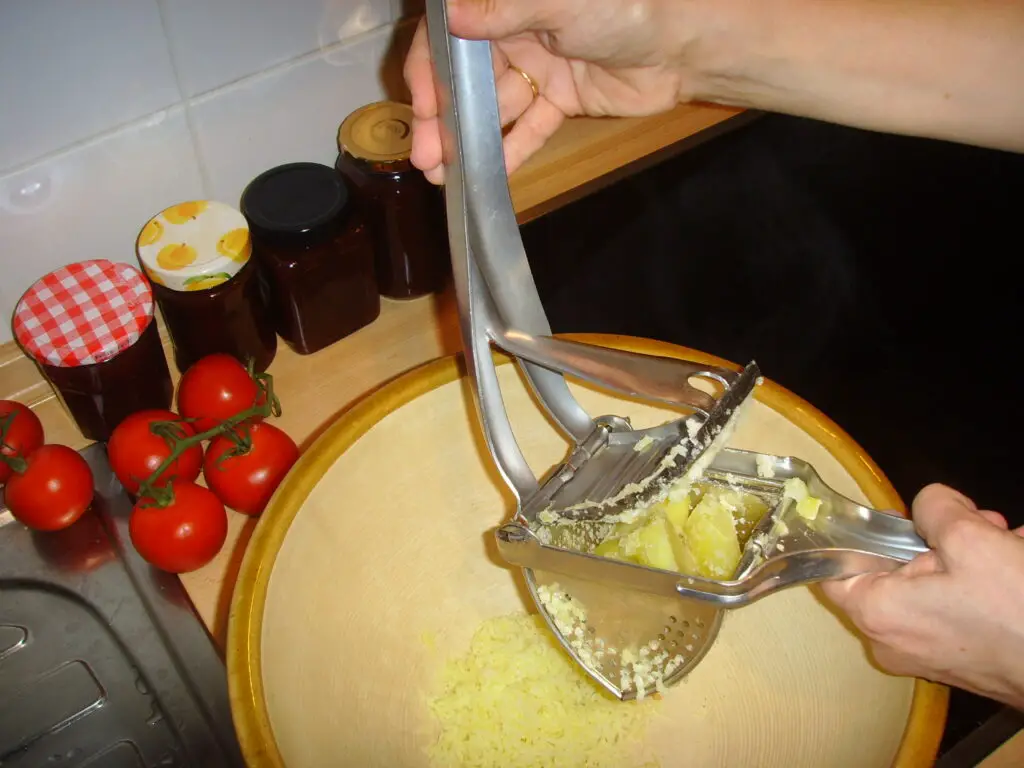
The potato masher with a built-in ricer is designed to combine the functionalities of mashing and ricing into one tool, promising perfectly smooth mashed potatoes. However, in practice, this gadget often proves to be more cumbersome than helpful. The dual-function design tends to be awkward to handle, making it difficult to apply even pressure during mashing. The ricer component frequently clogs, especially when dealing with larger potato chunks or starchy varieties, leading to frustration during use.
Cleaning is another significant drawback; the intricate design with multiple small holes and crevices makes thorough cleaning challenging, often requiring additional tools or prolonged effort. In contrast, traditional mashers and standalone ricers are straightforward in design, easier to use, and more efficient to clean. The combination tool also tends to be bulkier, taking up more storage space in kitchen drawers. Many users find that the promised convenience doesn’t outweigh the practical difficulties, leading them to revert to separate, specialized tools that perform their respective tasks more effectively.
10. Egg Separator
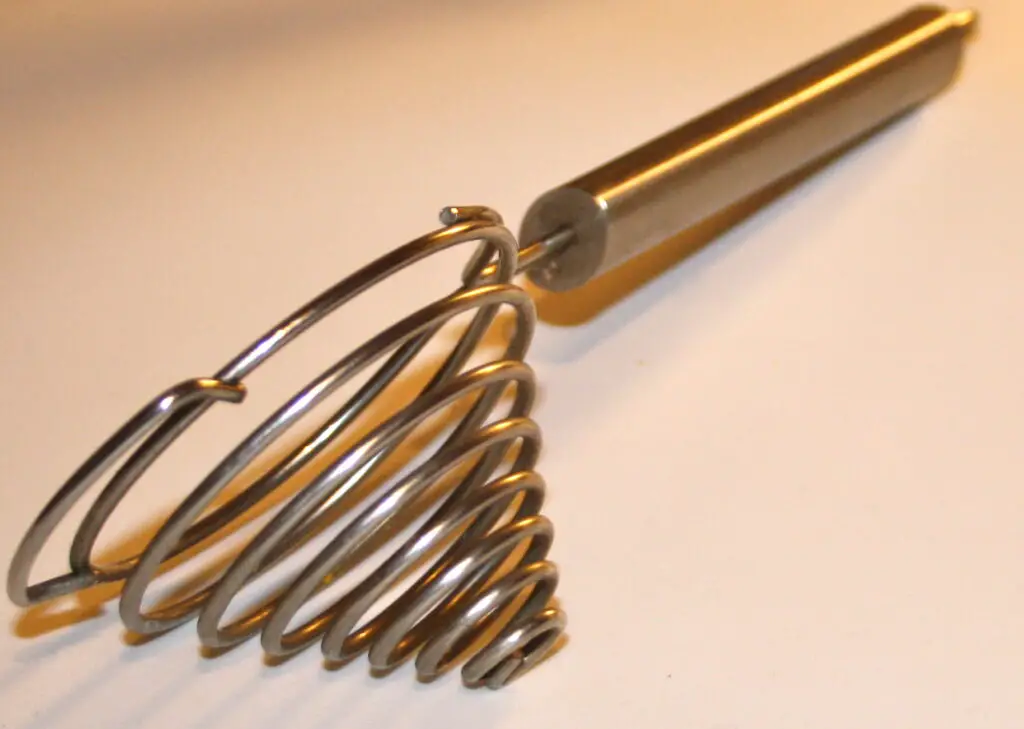
Egg separators are gadgets designed to separate egg yolks from whites, typically consisting of a small cup to catch the yolk while allowing the white to flow through slots or holes. While they may seem useful, many users find them unnecessary and even problematic. The process of transferring the egg between the separator and other containers can lead to additional mess and increase the risk of breaking the yolk. Moreover, the separator itself requires cleaning, adding to kitchen chores.
Traditional methods, such as using the eggshell halves or one’s hands, often prove to be more efficient and involve fewer utensils. These manual techniques offer better control, reducing the likelihood of yolk breakage and ensuring a cleaner separation. Additionally, egg separators are single-purpose tools, contributing to kitchen clutter without providing significant advantages over simpler methods. Over time, many users abandon the gadget in favor of more intuitive techniques.
11. Juicer
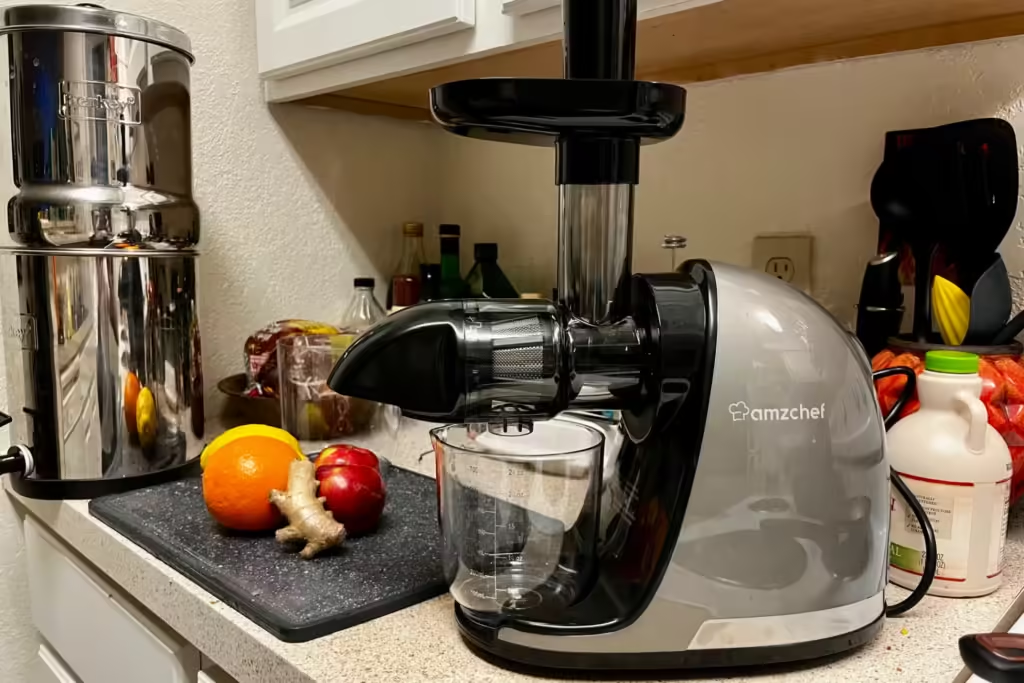
Juicers are often purchased with the intention of leading a healthier lifestyle by consuming fresh fruit and vegetable juices. However, many users find that the reality doesn’t live up to expectations. The process of juicing can be time-consuming, requiring significant preparation such as peeling, chopping, and deseeding produce. The yield from many fruits and vegetables is often lower than anticipated, leading to the use of large quantities of produce for a small amount of juice.
Cleanup is another major drawback; juicers typically have multiple components that need to be disassembled and thoroughly cleaned after each use to prevent residue buildup and maintain hygiene. The pulp that remains can be challenging to remove and often leads to waste unless repurposed. Additionally, the cost of purchasing fresh produce regularly can add up, making juicing an expensive habit. Many users find that the effort and cost outweigh the benefits, leading them to abandon the appliance. Blenders or high-quality store-bought juices often serve as more practical alternatives.
